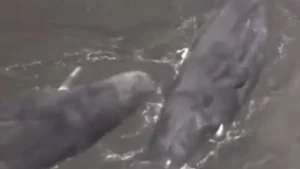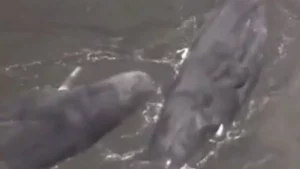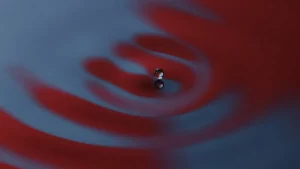
Meet 5 Impossible Deep Sea Dwellers—One Is The World’s ‘Ugliest’ Animal
The deep sea is a realm where life seems impossible, yet nature has adapted to create some of the most incredible creatures on our planet. Among these, we find five remarkable examples that will leave you in awe.
First up is the blobfish (Psychrolutes marcidus). This enigmatic creature has become an unlikely celebrity due to its comically droopy appearance. However, this reputation as the “ugliest animal in the world” stems from circumstances rather than its true form. In reality, the blobfish’s gelatinous body allows it to thrive in high-pressure environments, where its soft tissues act as a clever adaptation. Without a swim bladder to regulate buoyancy—a structure that would collapse under such extreme pressure—the blobfish relies on its low-density, fatty tissue to hover effortlessly above the seafloor.
In its natural habitat, the blobfish looks more like a typical fish with a soft, plump body suited for life in an environment where energy conservation is key. It does not possess any swim bladder and instead uses its low-density tissue to maintain its position near the seafloor. However, when brought to the surface, the drastic change in pressure causes the blobfish’s body to deform, resulting in its comical appearance.
As a docile and passive creature, the blobfish relies on small crustaceans or edible particles drifting into its path for sustenance. Its low-energy lifestyle is the ultimate adaptation for life in resource-scarce environments, proving that even laziness can be a survival strategy.
Moving on to our next example, we have the vampire squid (Vampyroteuthis infernalis). This enigmatic creature has an unparalleled ability to thrive in the oxygen-minimum zones of the deep sea. Its most striking feature is its colossal eyes, which are the largest relative to body size among all known animals.
The vampire squid’s body, ranging from a deep rust color to inky black depending on the region, boasts a pair of fins that help it hover effortlessly. When threatened, this creature has an impressive defense mechanism—the “cloak” pose—where it wraps its webbed arms around itself, exposing spiny and iridescent cirri on the inner surface.
The most striking feature of the vampire squid is its diet composition. Unlike other cephalopods that prey upon live organisms, this remarkable creature subsists exclusively on marine snow—a mixture of dead organic matter, fecal particles, and other debris drifting from the ocean’s surface.
Source: www.forbes.com


